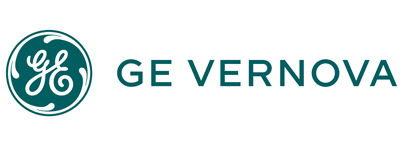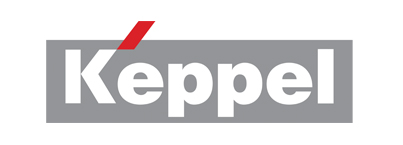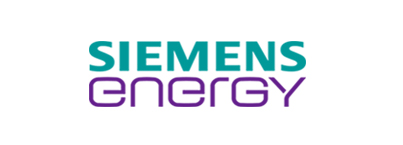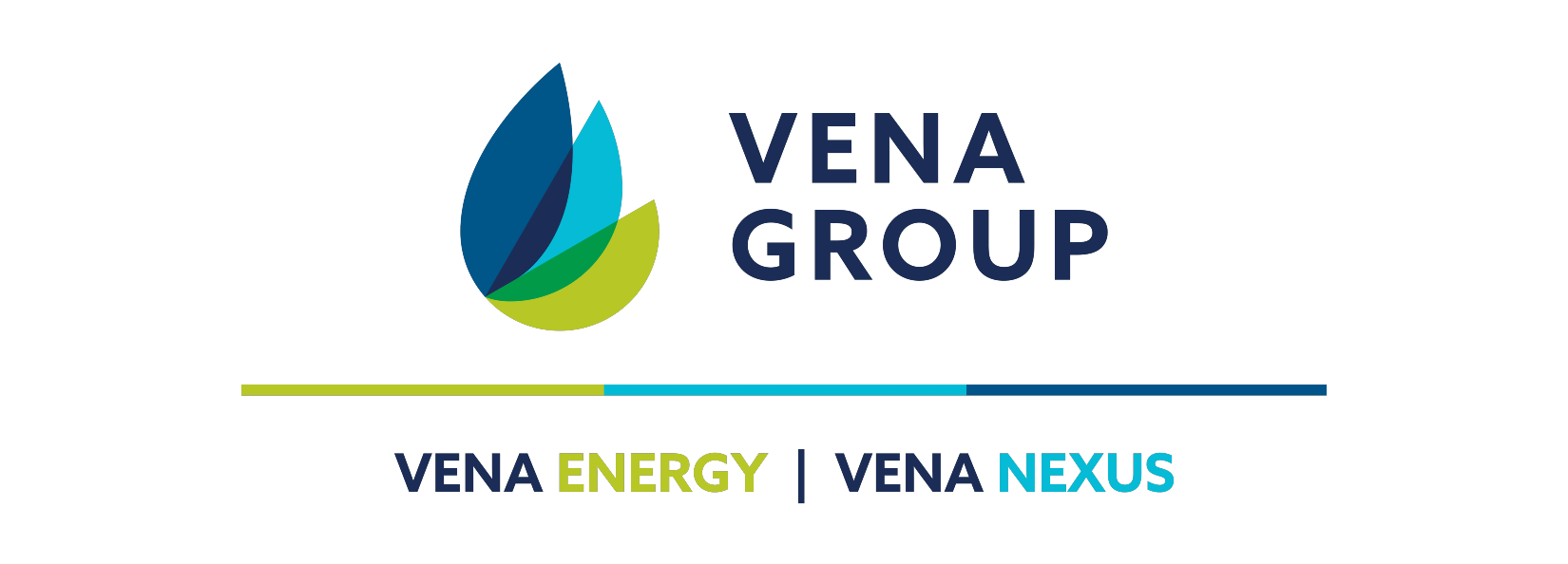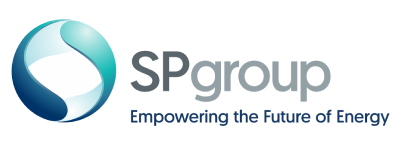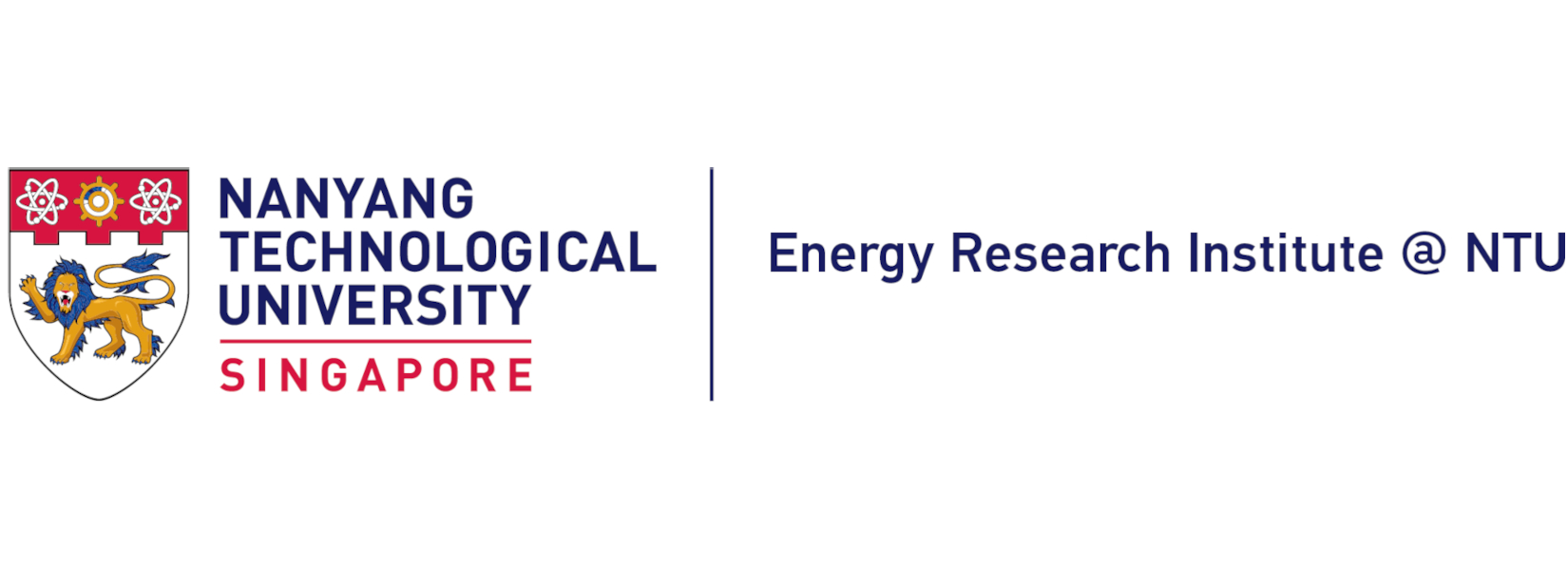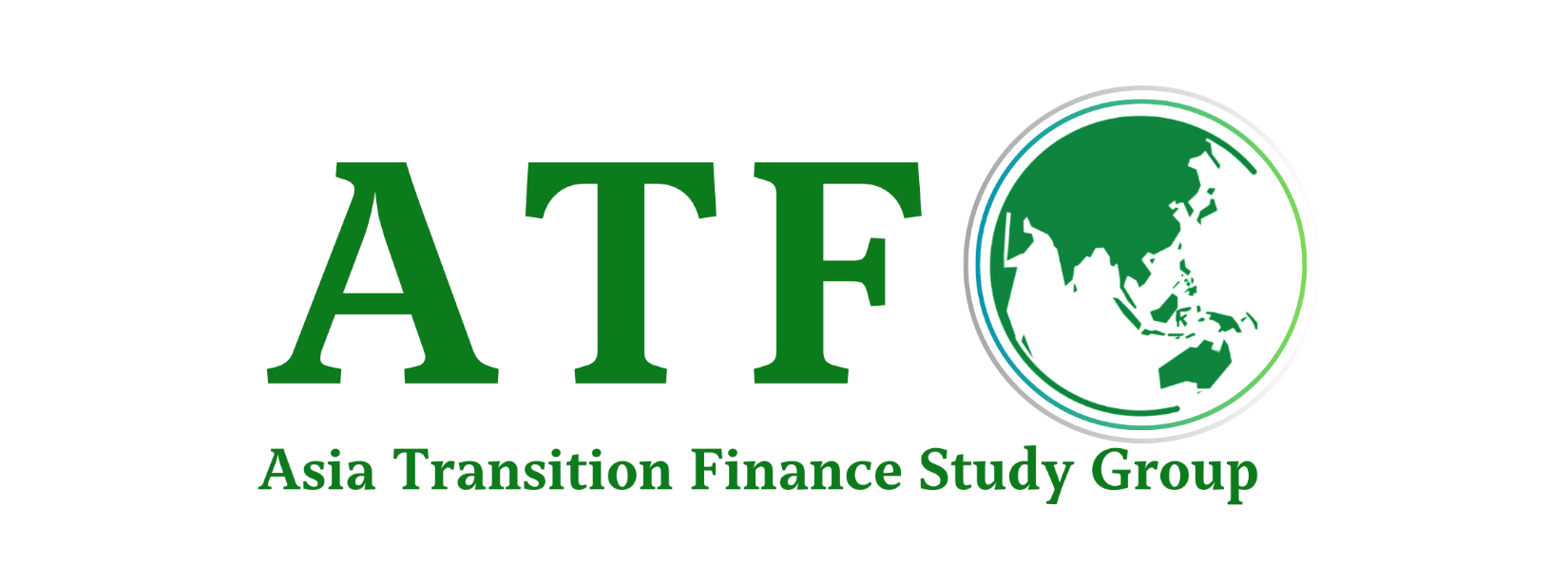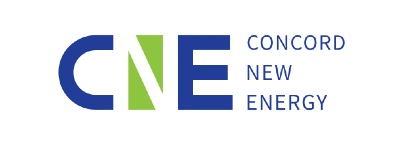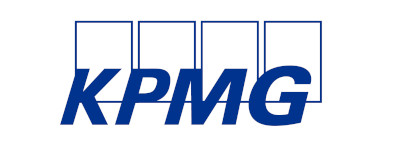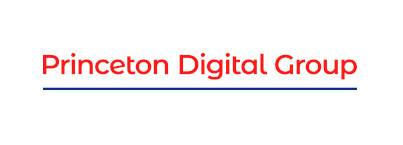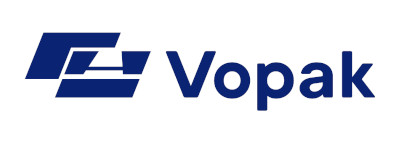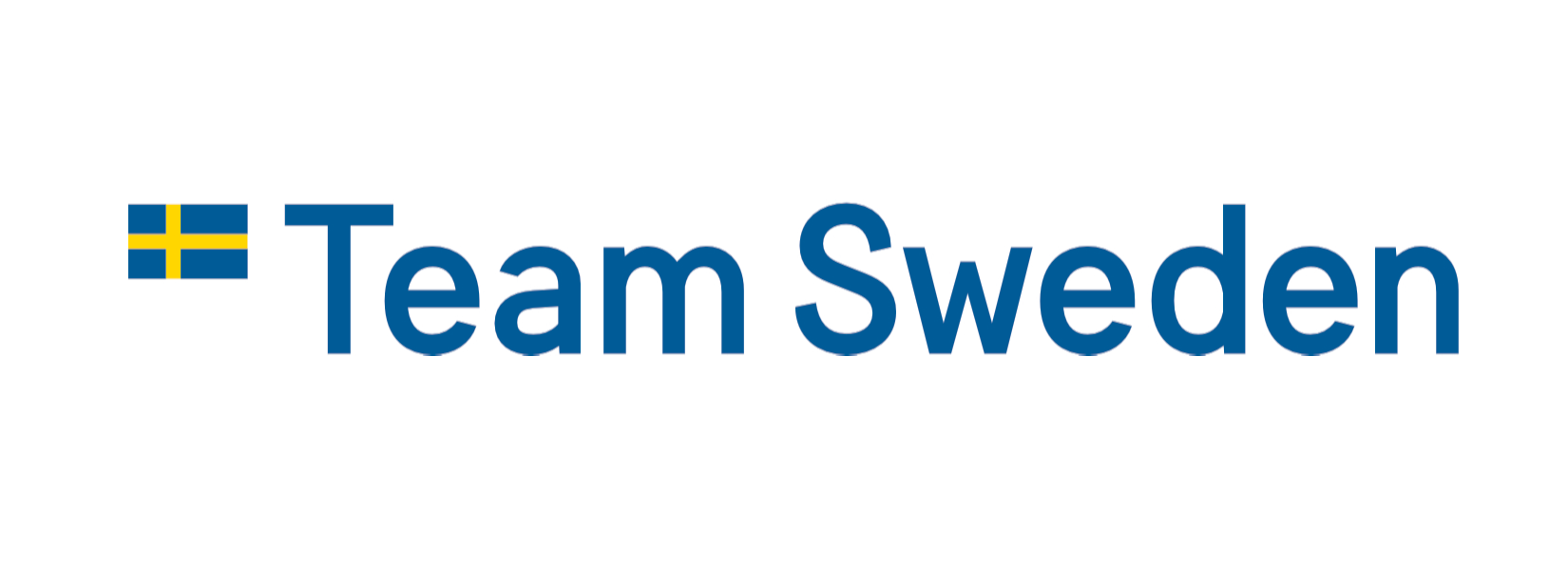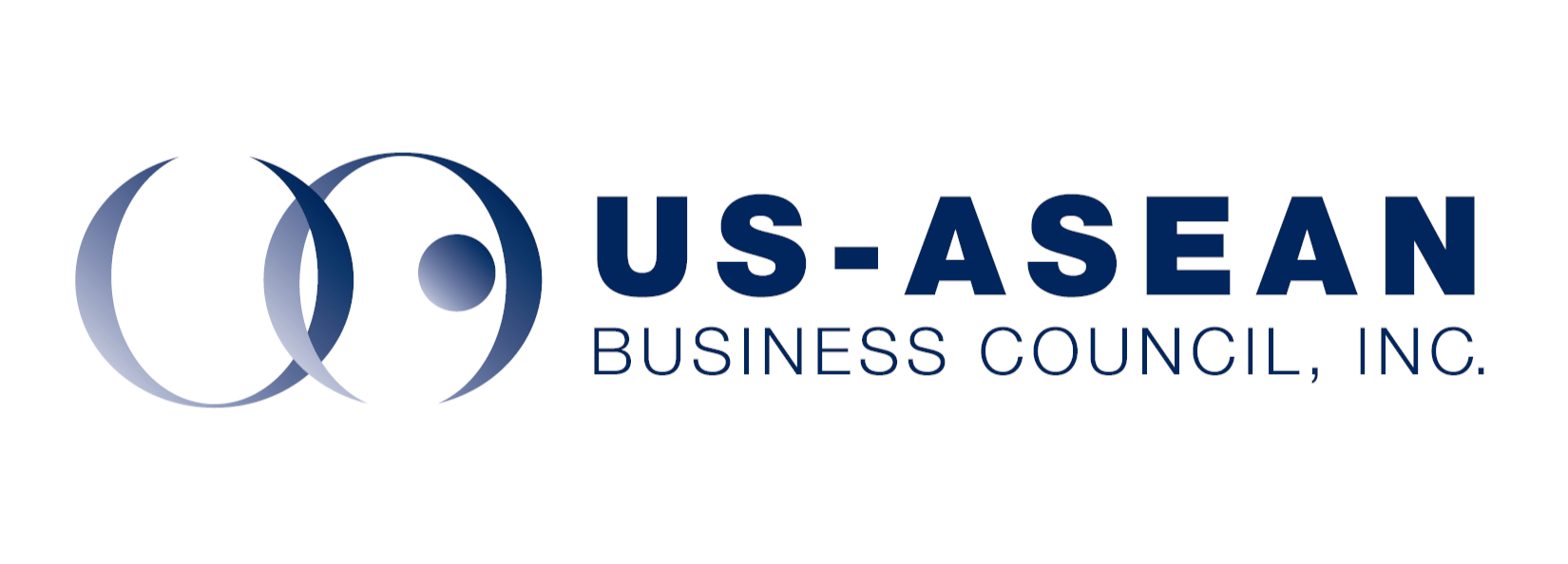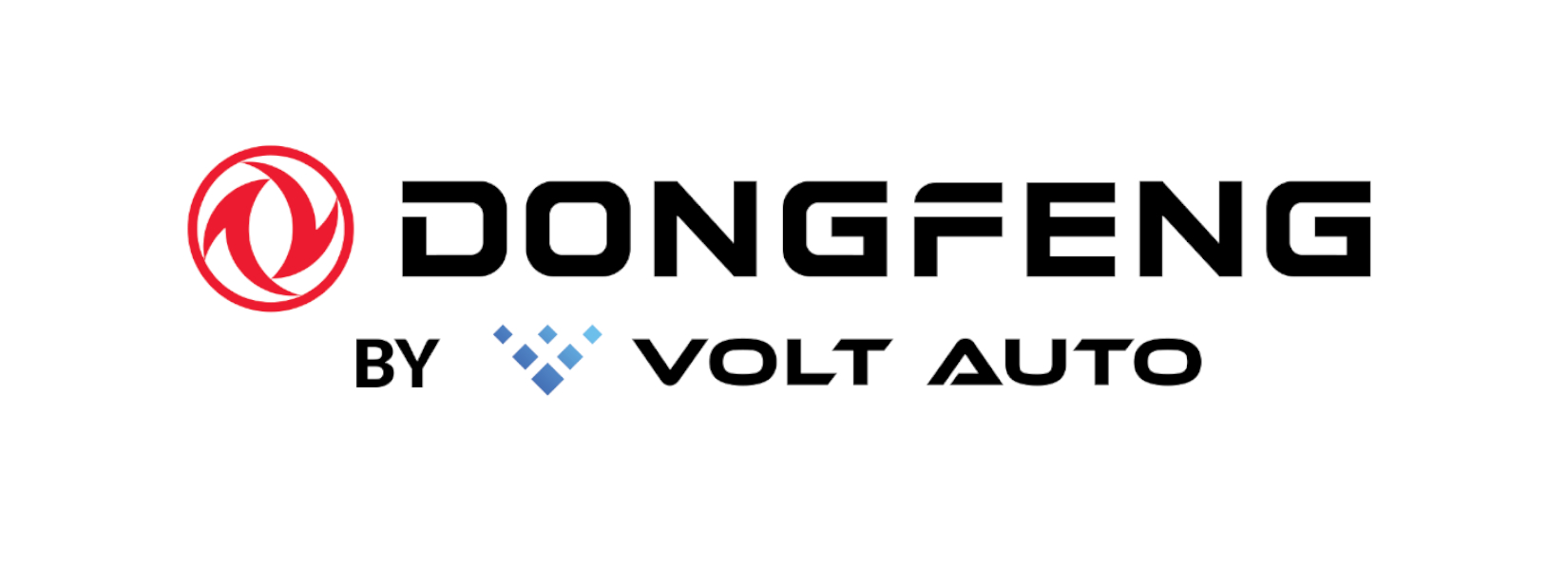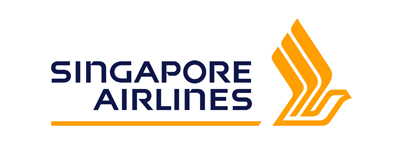
As global energy demand rises worldwide, governments race to expand infrastructure. Yet a fundamental question remains: what kind of systems are we building, and for whom?
That question took centre-stage at SIEWConnects@Washington, D.C., the fourth global engagement session leading up to the 18th Singapore International Energy Week (SIEW) in October. Hosted at the U.S. Energy Association (USEA) office in Washington, D.C., the session convened leaders from government and industry. The focus was on how to deliver affordable and reliable low carbon energy amid intensifying global demand.
This systems-led framing reflects Singapore's commitment to the SIEW 2025 theme, Envisioning Energy Tomorrow, Building Systems Today.
Building smart from scarcity
In his Welcome Remarks, Mr Puah Kok Keong, Chief Executive, Energy Market Authority of Singapore (EMA), positioned the country's energy constraints as a catalyst for innovation. With no natural energy resources and limited land, Singapore is investing in a diverse mix of technologies to meet its net zero target by 2050.
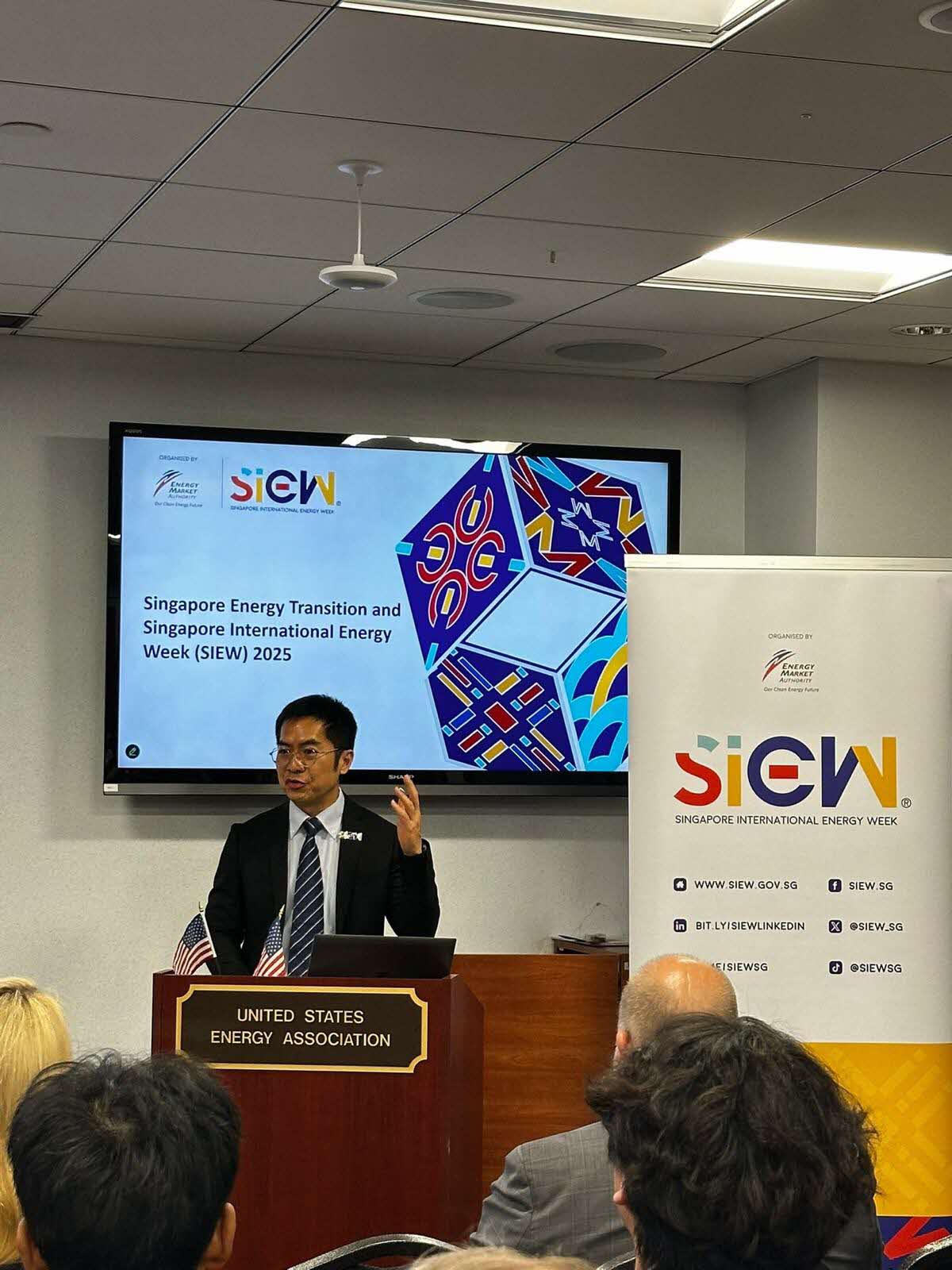
Singapore is pursuing multiple pathways, from solar and biofuels to carbon capture, geothermal, and nuclear. The country is also focusing on emerging technologies such as hydrogen and Small Modular Reactors (SMRs). Hydrogen, he noted, could supply up to half of Singapore's electricity mix by 2050. SMRs, meanwhile, are being studied for their compact footprint, modular design, and safety profile.
Mr Puah highlighted how artificial intelligence (AI) is transforming energy management through enhanced efficiency and smarter resource utilisation.
"Advancements in energy technologies are key to whether these pathways will become feasible for Singapore," he highlighted.
A connected strategy for resilient energy systems
Ms Liyana Gafoor, Principal Analyst, External Relations Department, EMA, expanded on Singapore's systems-led approach for the energy transition. She outlined the country's 4 Switches, which are the pillars of Singapore's long-term energy planning.
She shared how Singapore is diversifying its natural gas imports to bolster energy security. Solar deployment is also being scaled through creative urban integration. This is supported by large-scale energy storage systems to manage intermittency. Alongside this, the country is tapping into regional grids to import low carbon electricity at scale, with conditional approvals granted for projects across Asia and Australia.
Ms Gafoor also reaffirmed Singapore's commitment to low carbon technologies, including hydrogen, carbon capture, geothermal, and advanced nuclear. Together, these measures enable a more flexible and resilient energy system that supports decarbonisation while safeguarding reliability.
Strengthening U.S.–Singapore energy collaboration
.jpeg?sfvrsn=a947e979_1)
Setting the tone for deeper dialogue, Hon. Mark W. Menezes, President & Chief Executive Officer, USEA, highlighted that affordable, reliable energy remains essential to global stability.
Mr Menezes pointed to the flexible energy markets and production surpluses in the U.S., particularly in oil and LNG, as critical buffers against geopolitical disruption. More broadly, he emphasised the importance of dialogue. He also recognised Singapore's strategic role in the global energy landscape, underscoring the timeliness of deepening energy dialogue.
That message was reinforced by Mr Alex Krutz, Deputy Assistant Secretary for Manufacturing, International Trade Administration (ITA), U.S. Department of Commerce. He called for modernising manufacturing and energy infrastructure to meet domestic needs. Just as critically, he stressed the importance of getting clean energy technologies export-ready for trusted partners like Singapore.
Together, their remarks pointed to a shared priority: building resilient, forward-looking energy systems through global partnerships.
Designing systems for a demand-driven energy future
The panel discussion, moderated by Mr Landon Derentz, Vice President, Energy and Infrastructure, Senior Director, Global Energy Center, Atlantic Council, surfaced a shared concern: global energy demand is increasing faster than infrastructure can keep up.
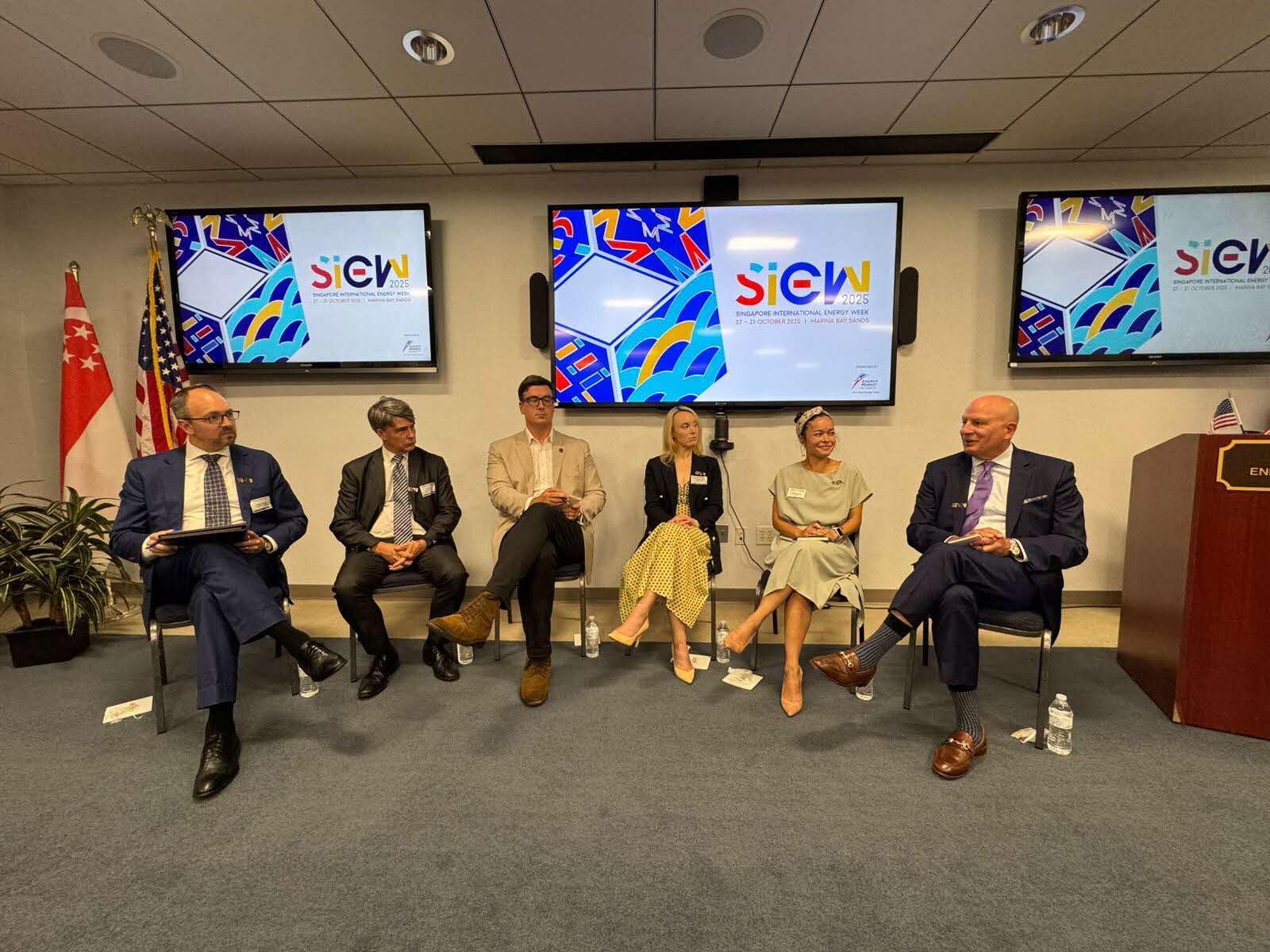
From Asia's 6% annual power demand growth to the data centre boom in the U.S., the signals were clear. Demand is accelerating everywhere, and today's energy systems were neither built to scale this fast nor equipped to handle the pace and complexity of tomorrow's needs.
Yet solutions are emerging. Mr George Pickart, Managing Director of Global Government Affairs & Policy, GE Vernova, and Mr Jack Thirolf, Head of Public Policy and External Affairs, NetPower, pointed to next-generation technologies that can strengthen power systems. They highlighted SMRs, hydrogen-ready turbines and carbon capture as proven technologies that can anchor future energy systems. These solutions, they noted, offer greater stability while supporting decarbonisation.
Importantly, infrastructure isn't just a hardware issue. As digital industries accelerate load growth, demand-side flexibility is becoming a strategic lever. Ms Samantha Margaret Robertson, Director, Global Energy Strategy, Bitdeer Group, underscored how energy-intensive operations like AI and cryptocurrency mining can – with the right planning – support grid reliability. Bitdeer is now developing chips that could double compute efficiency within 18 months. This is a move towards smarter consumption, not just supply.
Still, scaling these innovations requires more than technical readiness. Ms Miriam D'Onofrio, Senior Director, International Market Development and Policy, X-energy, reframed the conversation around SMRs as one of industrial strategy.
Deployment, Ms D’Onofrio emphasised, depends not just on technology, but on coordinated supply chains, clear policies, and long-term investment. She cited Singapore’s recent 123 agreement for nuclear cooperation with the U.S. as a model for how partnerships can help move new solutions forward.
Ambassador Brian D. McFeeters (ret.), Senior Vice President and Regional Managing Director, US-ASEAN Business Council, shared his views on how regulatory alignment is key to regional energy integration. He pointed to Singapore's growing role as a regional energy hub, where strong institutions and long-range planning are driving the momentum behind cross-border grid projects.
Turning innovation into infrastructure
The conversations in Washington highlighted that the energy challenge is no longer whether the technology works. It's whether entire systems are ready to scale. Policy, investment, and partnerships now need to move at the pace of innovation.
As the world looks ahead to SIEW 2025 this October in Singapore, the message from Washington was clear: building tomorrow's energy system starts today.
SIEW 2025 takes place from 27 to 31 October at Marina Bay Sands, Singapore. Register your interest here.


